(2425 products available)

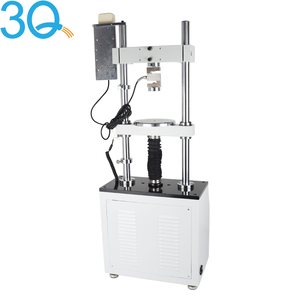

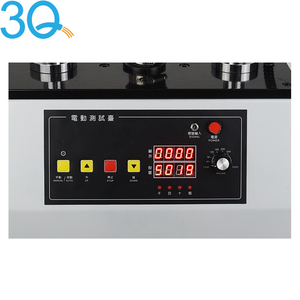






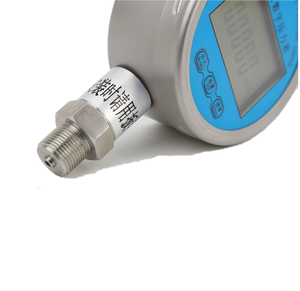







































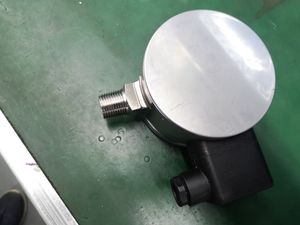



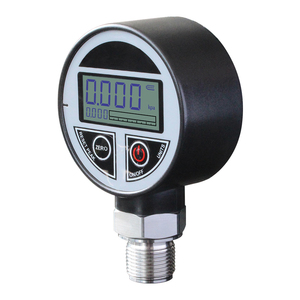











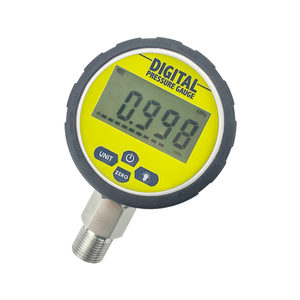

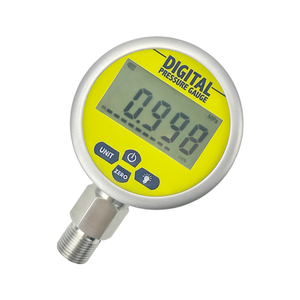
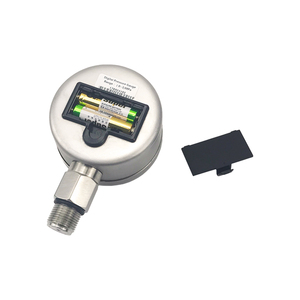
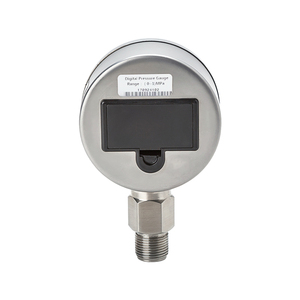






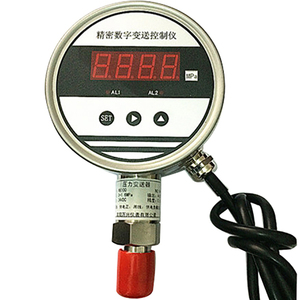




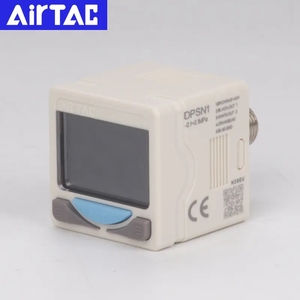
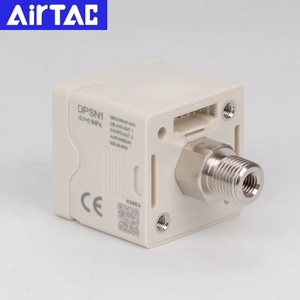

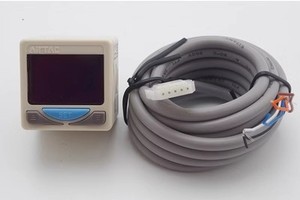
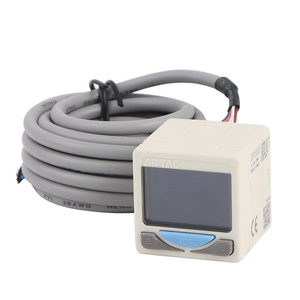



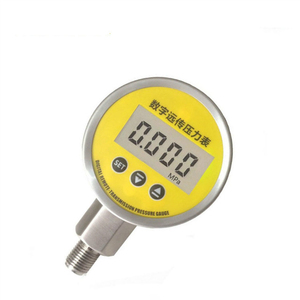
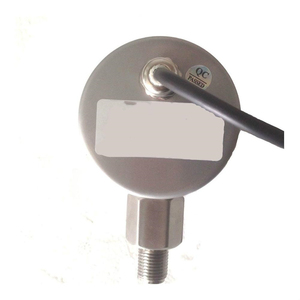

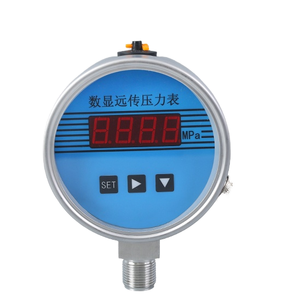
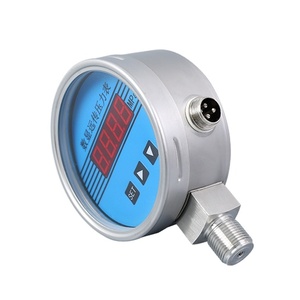
















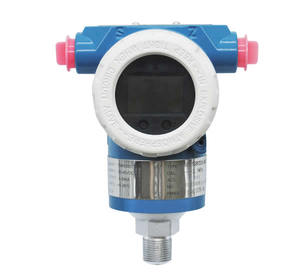

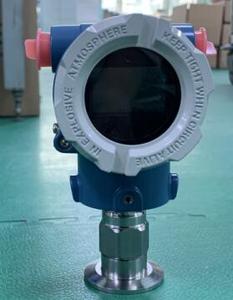






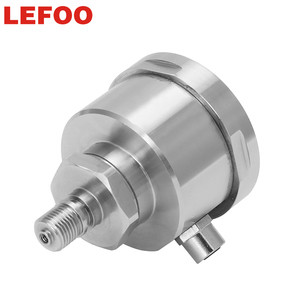

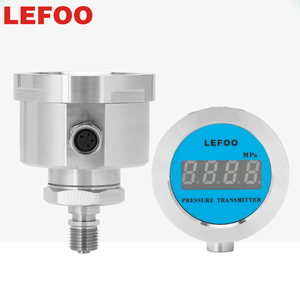
















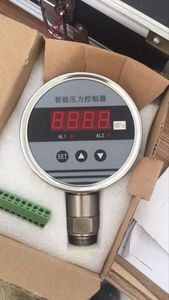




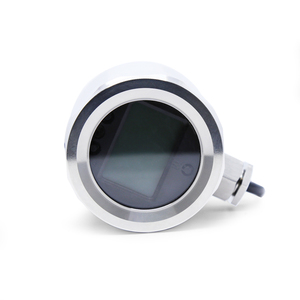

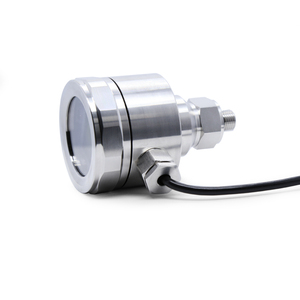






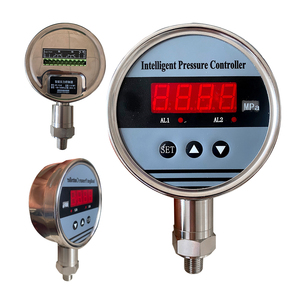




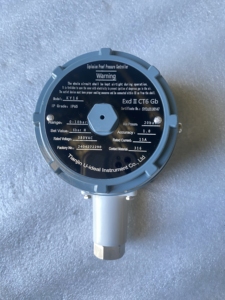
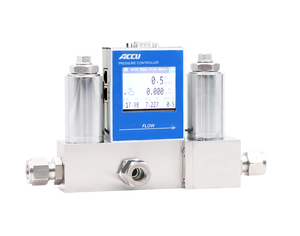
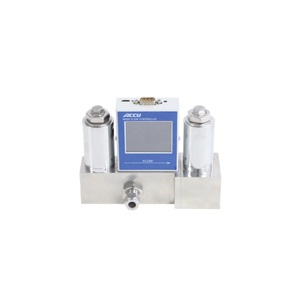

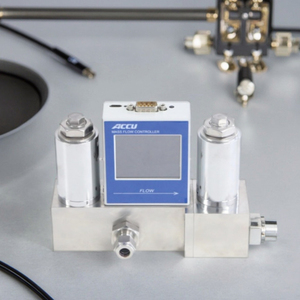




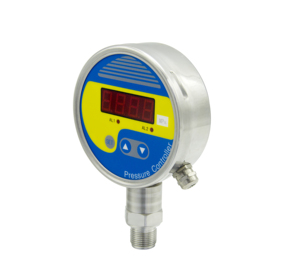
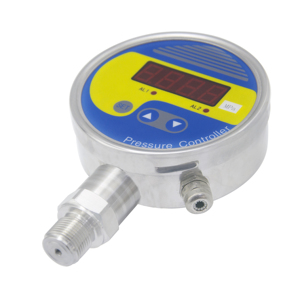

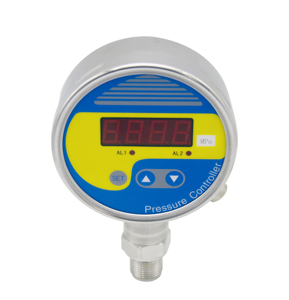






Digital pressure gauges are characterized by the measurement of pressure that is displayed in digital output. The measurement in these gauges are done by electronic sensors that convert pressure to electrical signals. These signals becomes the readings that can mostly be seen on an LCD.
The pressure values in the output format of these digital gauges can be diversified. Quite often, they consist of several formats in which the pressure can practically be of use. They include the following:
PSI (Pounds per Square Inch)
This unit can be defined as the pressure that is utilized primarily in American industries. A digital pressure gauge with an output in pounds per square inch utilizes wide acceptance in the oil and gas and manufacturing industries. The value of the pressure is in this standard as it enables a quick comparison with many systems.
Pa (Pascals)
The pascal can be viewed as the basic SI unit of pressure. As shown in the previous output formats, a digital pressure gauge that outputs pascals can allow measurement in a more precise sense. Consequently, pascals are used in laboratory and research environments since they deal with pressure measurement with precision metrics.
Bar
This unit belongs to the metric system and can be defined as an alternative to psi. Many automotive and HVAC systems often use this output. In those industries that do not belong to the US, bars are thus more familiar because they are part of the metric system.
mmHg (Millimeters of Mercury)
This output format can be defined as popular in the medical and scientific fields. This is because it traces its origin to the devices known as barometers. Therefore, a digital pressure gauge that has an output in mmHg can be useful in the medical and laboratory environments where this unit is of measure for the pressure.
kPa (Kilopascals)
The kilopascal can, therefore, be defined as a more practical unit since it is a multiple of the pascal. In industries that mainly use the metric system, such as construction and agriculture, the kPa is predominantly used. It is commonly utilized because the kPa allows large pressure ranges to be measured without using unwieldy numbers.
MPa (Megapascals)
Megapascals are the SI pressures systems number and share a commonality with kPa. This output is useful in the definitions of pressure that is associated with high strength and industrial application materials. Construction, manufacturing, and mechanical engineering in these industries are frequented with measures involving megapascals.
Digital pressure gauges work by measuring pressure and then converting the pressure measurement into electrical signals. Conversion of pressure into output signals is aided by pressure sensors in these gauges. This is then followed by displaying and utilizing the pressure readings on a digital screen or for other purposes.
Though this explanation has been very generalized concerning physical working, the inner workings of these high-tech gadgets are infinitely more complicated and fascinating.
Pressure Sensors
The pressure sensor can be termed the most critical part of a digital pressure gauge. They are responsible for pressure measurement. Today, the most common type of pressure sensor used in these instruments is piezoelectric sensors. These sensors come with materials that generate electrical energy from the pressure applied to them. This output fluctuating electric signal is the direct consequence of the electric pressure applied to it.
Signal Conditioning
This output needs enhancement before being usable. Such an enhancement of piezoelectric sensor output can be regarded as signal conditioning. Signal conditioning involves amplification, filtering, and conversion of the output pressure signal into a usable format. Pressure sensors generate relatively weak output signals. They must be amplified to improve measurement accuracy. Filters also remove noise from the signal and clean it up before further processing. This clean and more accurate signal gets converted into a digital format that can be represented on an LCD.
Microprocessors
After the conversion of the output signal into digital format, a microprocessor comes to play in this format. A microprocessor can be defined as a tiny computation unit that does the processing of digital signals to derive pressure readings. This pressure reading needs to be in usable forms and thus requires further computations from the digital signal. The computations may incorporate pressure units, temperature compensation, and error correction algorithms.
Display and Output
After processing, the resulting pressure reading is then displayed on the liquid crystal display (LCD). The pressure reading's purpose is to output formats. They include analog voltage signals, digital communications protocols, or user-specified output units. Examples of these formats are 0- 5V, RS232, and Modbus.
Power Supply
The last but not so last component—the power supply. Digital pressure gauges typically run on battery power or other electrical sources. While industrial models often get their power from external sources, battery-operated models have more mobility. Without the current flow, all the operations above explained cannot be conducted.
Digital pressure gauge output is useful in a great many areas of industry. They provide the pressure readability feature with great and high accuracy and consistency. This is why they have been widely employed. Below are a few of the most typical ways that digital pressure gauges are utilized:
Manufacturing Industry
Digital pressure gauges monitor and control the pressure. They are crucial in manufacturing processes like molding, extrusion, and assembly. These processes exist in environments that require constant pressure to ensure quality products. The instrumentation also helps detect pressure anomalies early, preventing defects and equipment damage.
Automotive Industry
Digital pressure gauges' importance cannot be overemphasized in the automotive industry. They are mainly used in the tire pressure measuring and the hydraulic system. Without the consistency and precision these gauges bring about, good quality control and vehicle safety will be difficult, if not impossible. Not to forget the fact that they are also applied in the testing of components such as fuel systems and brakes. The typical automotive service shop's tire pressure can also be measured by a digital pressure gauge.
Oil and Gas Industry
Pressure measurement is critical in this industry as safety and efficiency are concerned. This makes the digital pressure gauges very useful. They are commonly used in the pipeline, drilling, and reservoir sections and provide remote monitoring and measurement. The main advantage of using these gauges here is an improvement in operation efficiency, safety, and prevention of leakage.
HVAC Systems
These digital gauges measure the refrigerant and the system's air pressure. In turn, this leads to improved system operation and energy efficiency. These digital pressure gauges result in accurate pressure readability, which ensures that systems work under optimal pressure.
Laboratories and Research Facilities
Digital pressure gauges typically provide several precise and consistent pressure readability, particularly in research. In laboratories, they are often used in experiments and tests. Here, pressure control is critical in chemical experiments, material testing, and other scientific research. They are also helpful in providing real-time data. This, after all, plays a pivotal role in improving the experimental accuracy and reliability.
Food and Beverage Industry
Pressure measurement is critical in food processing and packaging. Digital pressure gauges help maintain desired pressure levels during the processes of filtration, carbonation, and packaging. The pressure anomalies can result in poor food quality. Thus, using these gauges will invariably help ensure compliance with safety standards.
Selecting a suitable pressure gauge goes beyond just looking pretty or being the latest craze on the market. Several more or less practical considerations need to be accounted for. The prime features of these digital pressure gauges include their range, accuracy, output types, and environmental conditions among others. These are crucial factors that one must consider when making the selection:
Pressure Range
It is recommended that the selected gauge have a range that includes the pressure levels that are expected in a system. Operating outside the pressure range will cause inaccuracy or damage to the gauge. In order to fulfill this requirement, it is a must to know the normal operating pressure and peak pressure of a particular application.
Output type
Digital pressure gauges come in handy with various output types, including analog voltage (e.g., 0-5V), digital protocols (e.g., Modbus, RS232), and others. One will choose an output type compatible with the data acquisition system or controller that will be used. For example, gauges with the output of communications such as Modbus are particularly suitable for modern industrial settings.
Environment Conditions
The environmental factors that affect the performance of a gauge include temperature, humidity, and exposure to potentially harmful substances. Ensure that the digital pressure gauge can withstand environmental conditions where it will be employed. In places where there will be extreme temperatures or exposure to chemicals, a gauge with a housing that is rated IP68 is preferred.
Accuracy and Resolution
Application determines the level of accuracy required. Applications involving the processes of quality control in industries normally need high accuracy. These high-accuracy gauges are likely to have more resolution as well. One should also consider the resolution displayed, as a higher resolution will provide more detailed pressure measurements.
Ease of Use
Usability features like display readability, user controls, and data logging capabilities should be considered. A clear, bright display is vital in conditions with little light or where one deals directly. Some of these gauges also come with backlit displays for better readings in poorly lit areas.
Industrial Standards and Certifications
Ensure that the digital gauge complies with relevant industry standards and certifications. In industries where safety is critical, such as oil and gas or pharmaceuticals, the pressure measurement devices must adhere to strict regulatory requirements.
A1: Digital pressure gauge output refers to the pressure reading that is displayed on the digital screen of the pressure gauge. The reading can also be communicated to external devices in several formats, including analog voltages and digital protocols. Output formats include psi, kPa, Bar, mmHg, and Ma.
A2: These gauges are used to monitor and test pressure across a wide range of industries, including automotive, oil, gas, HVAC, and manufacturing. These gauges provide accurate, real-time pressure readings for improved system performance, safety, and reliability.
A3: Common output formats include psi (Pounds per Square Inch), kPa (Kilopascals), Pa (Pascals), Bar, and mmHg (Millimeters of Mercury). A digital pressure gauge can provide pressure readings in these output formats.
A4: It is important to select a gauge whose pressure range is within the expected operating pressure range of a system. Additionally, factors such as proper calibration and environmental conditions should be considered.
A5: These factors include accuracy, pressure range, output type, environmental conditions, and application requirements. One should also consider the usability and industrial standards of these digital pressure gauges.